相关文章
暂无评论...
The global market for second hand clothing has seen significant growth in recent years, driven by consumers’ desire to save money and reduce their environmental footprint. However,China has emerged as the largest exporter of used clothes. This article explores the reasons behind China’s leading position in the second hand clothing market, the benefits this brings, and the challenges it faces.
China’s second hand clothing export market is vast and continually expanding. The country has a rich history in textile production and garment manufacturing, which has evolved to include the processing and exporting of used clothing. Major export destinations for Chinese second hand clothes include countries in Africa, Southeast Asia, and South America. These regions have become significant markets due to their high demand for affordable clothing options.
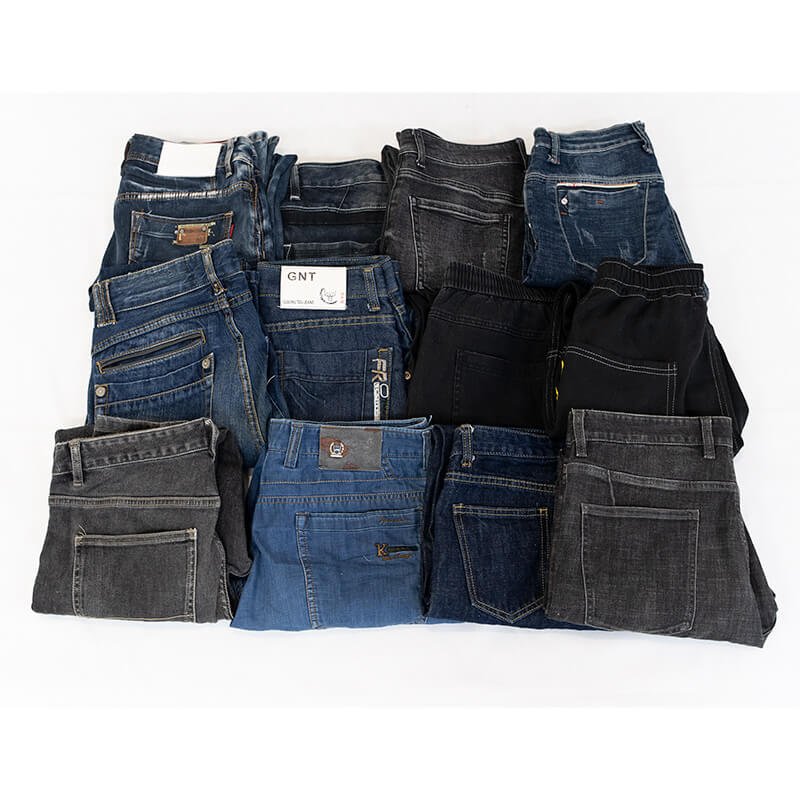
Several factors contribute to China’s status as the largest exporter of used clothes:
Production Capacity: China has an unparalleled capacity for clothing production and reprocessing. The country’s vast network of textile factories and skilled labor force allows for efficient sorting, cleaning, and packaging of second hand clothes. This extensive infrastructure ensures a steady supply of high-quality used garments ready for export.
Logistics Advantage: China boasts one of the most advanced and efficient logistics networks in the world. This includes a vast network of ports, railways, and highways that facilitate the rapid and cost-effective movement of goods. The efficient logistics system ensures that second hand clothes can be transported quickly to international markets, maintaining their quality and appeal.
Price Competitiveness: Chinese second hand clothing is known for its competitive pricing. The cost advantages stem from China’s efficient production processes, economies of scale, and lower labor costs compared to many Western countries. This price competitiveness makes Chinese second hand clothes highly attractive to importers in developing countries where consumers seek affordable fashion options.
Policy Support: The Chinese government has implemented policies that support the recycling and export of second hand clothing. These include tax incentives, subsidies for recycling initiatives, and regulations that promote sustainable practices. Such policies encourage the growth of the second hand clothing export industry and enhance its international competitiveness.
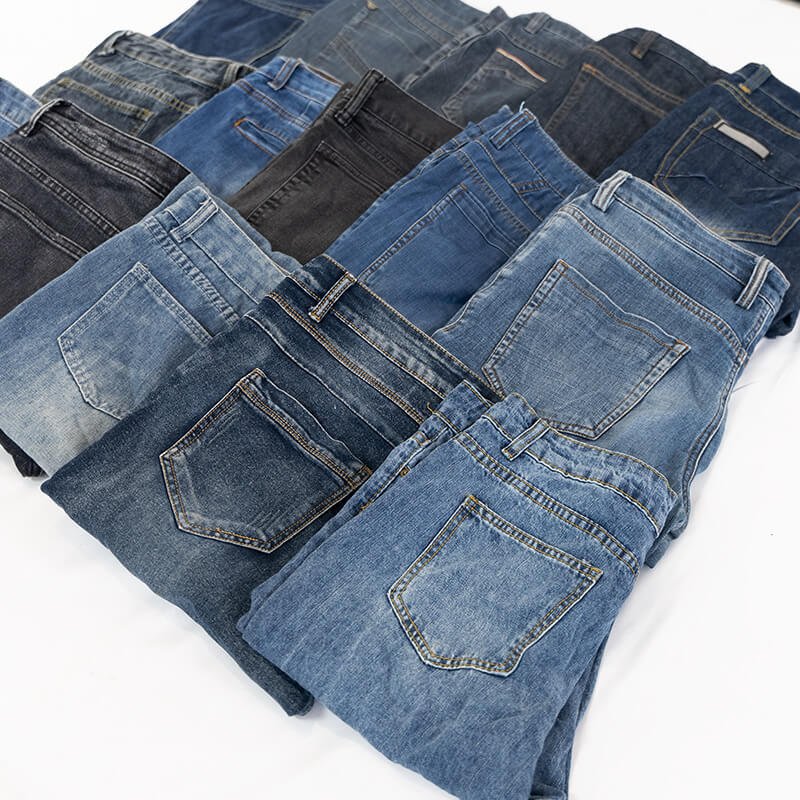
The export of second hand clothing has significant economic and social impacts in China:
Economic Contribution: The second hand clothing industry contributes substantially to China’s economy. It generates considerable revenue through exports and creates numerous jobs in the recycling, sorting, and logistics sectors. This industry also supports a range of small and medium-sized enterprises that specialize in different aspects of the second-hand clothing supply chain.
Employment Opportunities: The second hand clothing industry provides employment opportunities for a diverse workforce, including unskilled and semi-skilled workers. Jobs in sorting, cleaning, packing, and transporting second hand clothes are crucial for many communities, especially in regions with limited access to other forms of employment.
Environmental Benefits: By exporting second hand clothes, China helps reduce global textile waste. This practice promotes the recycling and reuse of garments, which decreases the need for new clothing production and reduces the environmental impact associated with textile manufacturing. The export of second hand clothes aligns with global sustainability goals and contributes to a circular economy.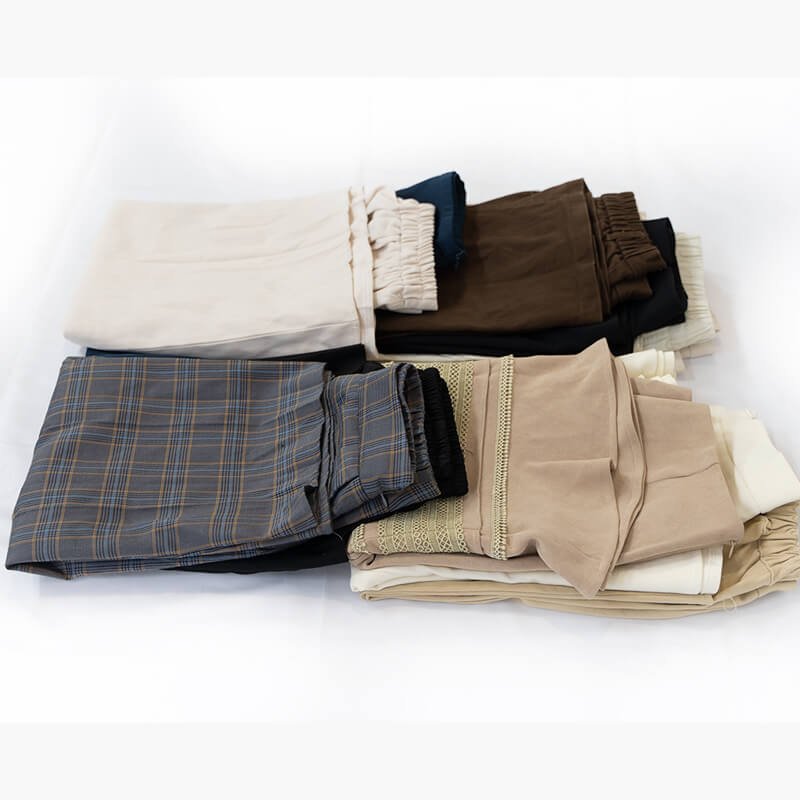
China’s second hand clothing exports are primarily directed towards three major markets:
African Market: Africa is one of the largest recipients of Chinese second hand clothes. Many African countries have a strong demand for affordable clothing, driven by economic conditions and consumer preferences. The influx of used clothes from China helps meet this demand, providing accessible fashion options for millions of people.
Southeast Asian Market: Countries in Southeast Asia also import significant quantities of second hand clothes from China. These markets are characterized by a growing middle class and increasing fashion consciousness. Affordable second hand clothing offers a cost-effective way for consumers to access diverse styles and trends.
South American Market: Although smaller compared to Africa and Southeast Asia, the South American market for second hand clothes is growing. Countries in this region appreciate the value and affordability of used clothing from China, making it an important export destination.
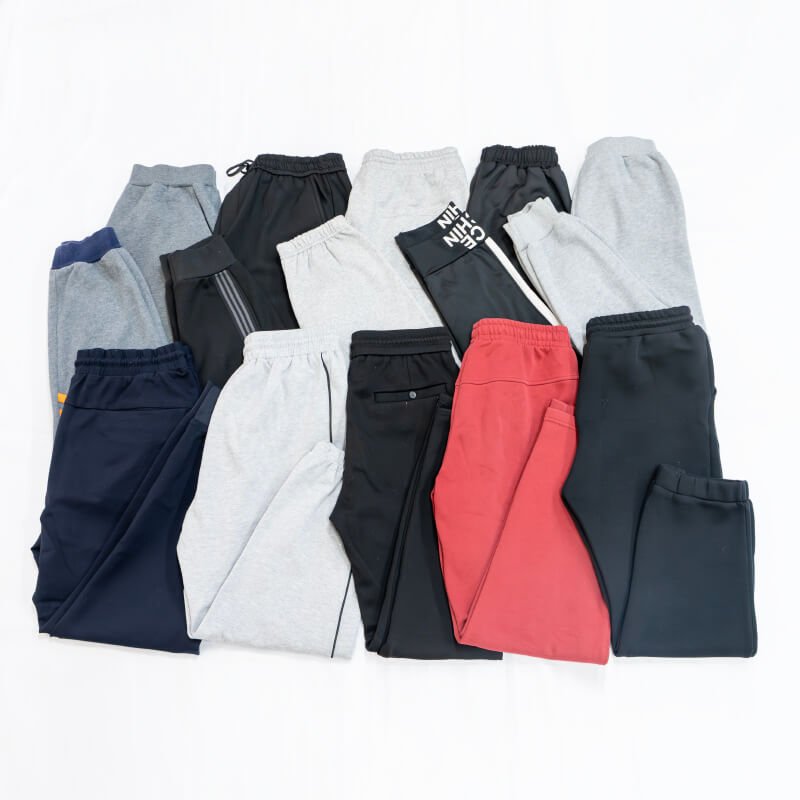
Despite its dominant position, China faces several challenges in the second hand clothing export market:
Quality Control: Maintaining consistent quality standards for second hand clothes can be challenging. Variations in garment quality can affect the reputation of Chinese exports and influence consumer trust.
International Competition: Other countries, such as the United States and European nations, also play significant roles in the global second hand clothing market. China must continually innovate and improve its processes to stay competitive.
Environmental Regulations: Increasingly stringent environmental regulations worldwide could impact the second hand clothing industry. China must ensure that its practices align with global sustainability standards to continue thriving in this market.
Looking ahead, the future of China’s second hand clothing export industry appears promising:
Market Trends: The global demand for second hand clothing is expected to continue growing as consumers become more environmentally conscious and seek sustainable fashion alternatives. China is well-positioned to capitalize on this trend with its established infrastructure and competitive pricing.
Technological Innovation: Embracing technological advancements can enhance the efficiency and quality of second hand clothing processing. Innovations in sorting, cleaning, and recycling technologies can help China maintain its leadership in the market.
Sustainable Development: China can further strengthen its position by promoting sustainable practices in the second hand clothing industry. This includes reducing waste, improving recycling processes, and ensuring fair labor practices throughout the supply chain.
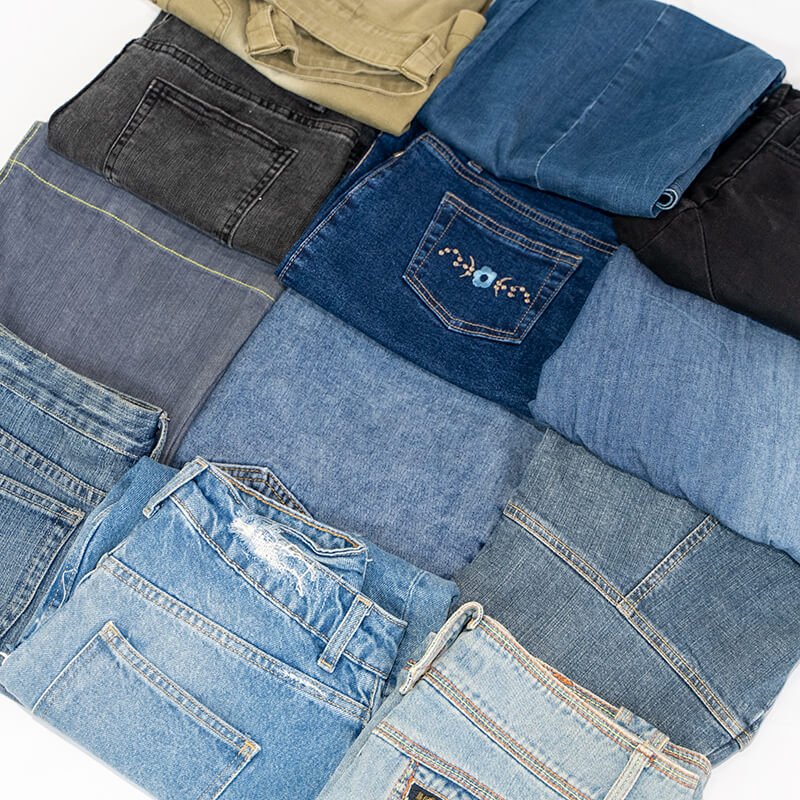
As the global demand for second hand clothing continues to rise, China is poised to play an increasingly important role, driving innovation and promoting sustainable practices in the market.